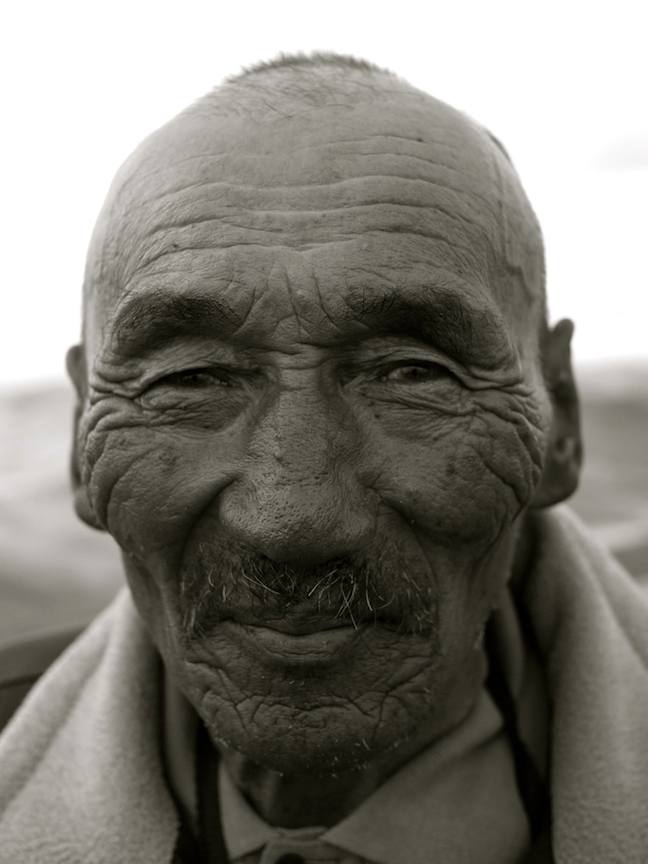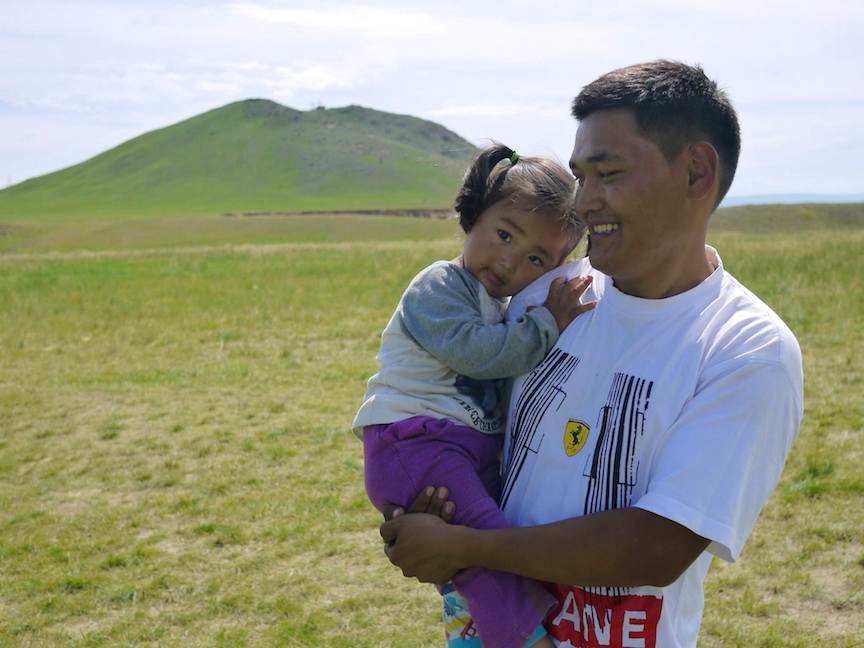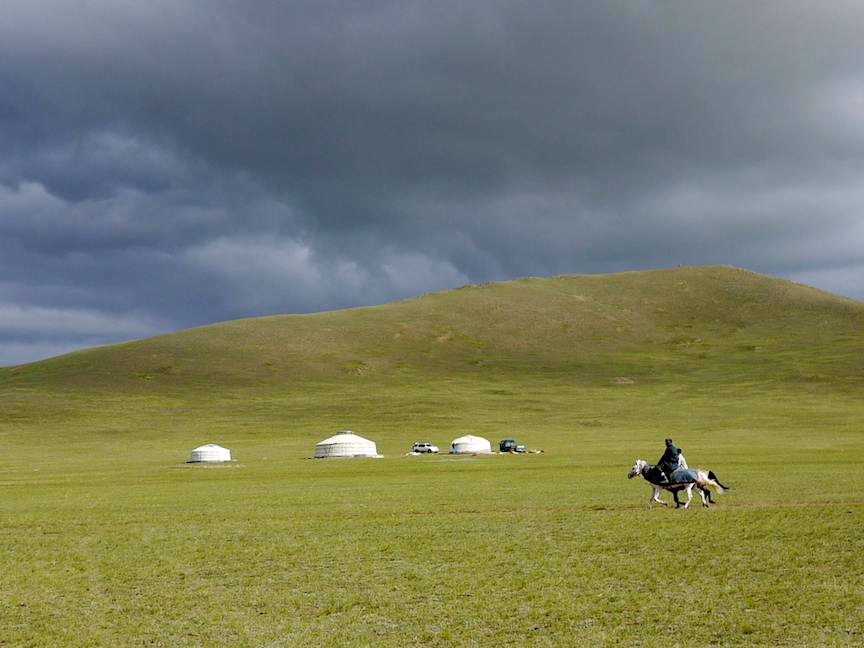
This week’s post comes from Andrew McCartor, Blacksmith’s program director for Eastern Europe and Central Asia, who was recently in Mongolia.
There is no preparing for the Mongolian winter. When I stepped onto the tarmac in the capital city of Ulaanbaatar in the early morning of February 10th, the cold shot straight through my two winter jackets as if to mock them.
It was -31 degrees Fahrenheit (-35C). I was in Mongolia to kickoff a two-year project to support healthy, sustainable livelihoods in rural Mongolian mining communities and to introduce mercury-free gold mining methods.
Size of Western Europe, Population of Brooklyn
Mongolia is approximately the size of Western Europe, but with the population of Brooklyn. So if you’re picturing a sweeping, beautiful and little-inhabited landscape, you’ve got it. In fact, much of Mongolia looks like the old default Microsoft Windows background with the rolling green hills and cloud dotted sky.
At its height, the Mongolian empire was the largest contiguous empire in history, spanning from Korea to Hungary. After the fall of communism in the early 1990s, the economy was in disarray and many Mongolians returned to the traditional nomadic lifestyle of herding livestock.
20% of Rural Mongolian Workforce are Gold “Ninjas”
Between 1999 and 2002, Mongolia experienced three consecutive dry summers followed by extraordinarily harsh winters (apparently worse than the balmy -31F I was experiencing). During this period, 11 million livestock animals perished, wiping out the income source for much of the rural population.
Photos: Garrie Pixerten and Enkhbold Sumiya
These events, combined with a surge in the price of gold, enticed more than 100,000 Mongolians (20% of the rural workforce) into the small-scale gold mining business by 2007.
Throughout the country, these miners are referred to as “ninjas.” The etymology of the term ninja seems to stem from the green panning bowls that the miners carry on their back, resembling the Teenage Mutant Ninja Turtles (yes, really).
This sudden and dramatic increase in informal mining activity threatened both the environment and public health. The primary risk was the widespread use of mercury to separate gold from mined dirt and rock. Mercury is a potentially deadly neurotoxicant. Once released into the environment, it can quickly enter the food chain and poison people and animals.
In 2008, the Mongolian government banned the use of mercury in mining. Without a suitable alternative, many miners were immediately faced with the choice of either losing their livelihood or continuing their work illegally. With the generous support of the European Union, Blacksmith Institute is now working to provide such an alternative.
From Philippines to Mongolia: Testing a Mercury-Free Alternative
 For at least the last thirty years, independent miners in the Philippines have been effectively and efficiently extracting gold without the use of mercury. These miners use a method to separate gold from other material that is commonly referred to as the “borax method” or “direct smelting method.” This method uses a environmentally benign substance, borax, to reduce the melting point of gold, thus allowing miners to smelt (or melt) the gold out of the other material. You can find a more complete description of this process here, or watch a video.
For at least the last thirty years, independent miners in the Philippines have been effectively and efficiently extracting gold without the use of mercury. These miners use a method to separate gold from other material that is commonly referred to as the “borax method” or “direct smelting method.” This method uses a environmentally benign substance, borax, to reduce the melting point of gold, thus allowing miners to smelt (or melt) the gold out of the other material. You can find a more complete description of this process here, or watch a video.
Over the next two years, Pure Earth will work with the Mongolian government, civil society groups and miner’s collectives in Mongolia to conduct environmental monitoring, health education, training in mercury-free mining methods, and other programs to provide mining communities with a safe, legal and sustainable source of income.
After a very positive project inception meeting, I look forward to collaborating with the many public, private and non-profit actors that have already made great progress on this issue. Mongolia is a dramatic and beautiful country, with incredibly warn, hospitable people. I am eager to come back, but never again in February.




